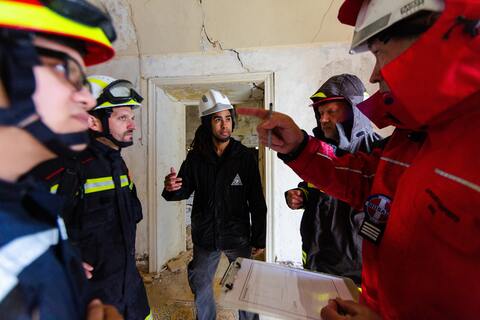How can B2B content build trust?
Insights from psychology to help you plan your content strategy
By David Lewis, Director, Memetic Communcations
“To trust people, you need to feel good about them”, says Cognitive Scientist Paul Thagard.
When we trust someone, he says, we combine multiple representations in our minds: of ourselves, of our environment, and our memories, and our image of that person.
That’s all very well for human relationships, but I think this approach can also be useful for content programmes.
1. Tap into people’s image of themselves
When I buy books, I don’t just look at 5* reviews. I read them and think – is this person looking for what I am looking for in a book? A ringing endorsement from an idiot may well put me off.

Where we don’t have direct experience, the next best thing is to use people like us as a proxy. We deal with an absence of trust by learning from the experience of peers.
Dr. Roderick M. Kramer, Professor of Organizational Behaviour at Stanford writes, “We trust people who are members of our own social group more than strangers.”
New customers will often be similar to existing ones. So a good starting point for any content programme is understanding what traits unite them. And by traits, I mean personality, worldview, interests, thinking styles, business goals, career ambitions – not age and gender.
This is important. It’s human nature to assume everyone thinks like us, but they don’t. If you assume that a highly technical buyer shares your love of wild creative visuals, you may end up undermining trust.
Use your customers tone of voice (and bring in actual customers) to design your content. If your customers are scientists or IT pros, use your own scientists or IT pros as the face of (and brains behind) your content. Make your customers feel that the people who buy from you are similar to them.
2. Create positive memories: past behaviour is a guide to future behaviour
You may have never met someone, but if your marketing is working, they will have seen you around. Your ideas will have popped up on LinkedIn or in media they read. They may have downloaded a white paper or attended a webinar.

What impression has this left on them? The click or the sign up is not enough. Each interaction is a memory that shapes how they will judge you in future.
The content marketing is working, but is the content itself building trust? What does that content project? Are you repeatedly showing that you can deliver with quality and competence? Or are you just attention-seeking?
At some point, potential buyers will need the thing you offer. How will their memories of your content shape their decisions when they do?
3. Get them to visualise you in their environment
If you were on holiday and needed medical treatment, would you prefer to have it there or come home? For a high stakes decision, most would prefer a familiar environment. Even if we've never been to a hospital, we can easily imagine medical practices in our own country thanks to the media and stories from peers.
It’s not that the other country is any worse than ours, we just don’t know about their hospitals look like. When we can't picture something, we tend to fill in the blanks in sceptical ways.

So to build trust, you need to build a visual image of your ability to operate in their environment, or similar ones. “Many experiments have shown that readers understand and remember material far better when it is expressed in concrete language that allows them to form visual images”, says Harvard cognitive scientist Steven Pinker.
Use visual language to show you understand what that environment looks like. Visually describe how you have addressed challenges your audience can relate to. Where challenges are abstract, root them in outcomes or use visual metaphors.
4. Paint yourself as competent

If your new neighbour offered to pick up groceries or look after your child, you could assess whether you trust them to do the job based on how we perceive their competence for this task.
Even without direct experience, we can extrapolate our understanding of others from what they say and do more generally.
If you want a company to build an AI and they talk competently about the AIs they have built, and how they did it, and what the outcomes are, then you will probably trust them to build an AI, even if your challenge is different to their previous projects. If they claim to be an AI expert but just go on about how robots will destroy the world, you might be more sceptical.
Use these tools for a trust building content programme
Total trust can’t be completely achieved online, particular for complex of bespoke offers. But a good content programme should help the reader build an image or your organisation as trustworthy and competent – so that when they need the service you offer, or when they get your sales call – they have enough trust to engage further.
Resources
Photos by ThisisEngineering RAEng on Unsplash
*https://www.psychologytoday.com/gb/blog/hot-thought/201810/what-is-trust
*https://hbr.org/2009/06/rethinking-trust
*https://www.brainpickings.org/2014/02/03/david-desteno-truth-about-trust/
For more insights like this, sign up to our newsletter.









